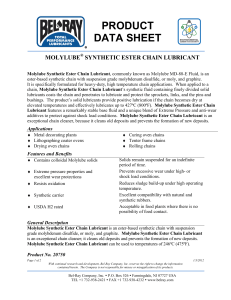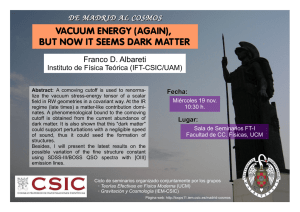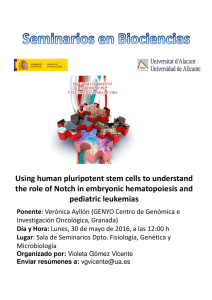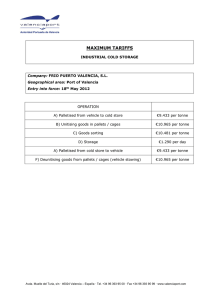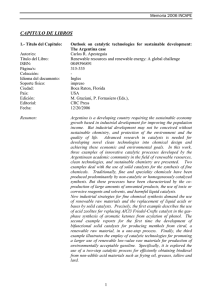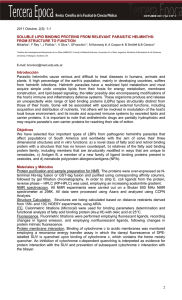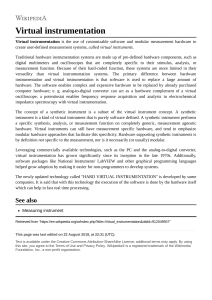Packing Them In: Using Self-Assembled Protein Cages to Direct the
Anuncio
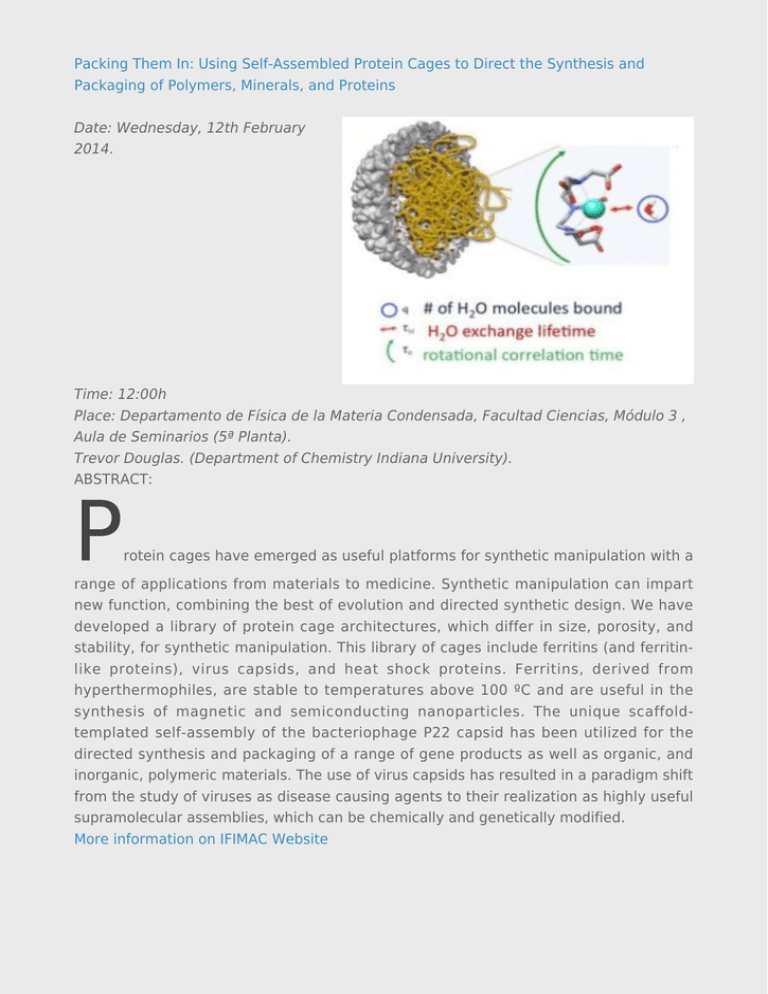
Packing Them In: Using Self-Assembled Protein Cages to Direct the Synthesis and Packaging of Polymers, Minerals, and Proteins Date: Wednesday, 12th February 2014. Time: 12:00h Place: Departamento de Física de la Materia Condensada, Facultad Ciencias, Módulo 3 , Aula de Seminarios (5ª Planta). Trevor Douglas. (Department of Chemistry Indiana University). ABSTRACT: P rotein cages have emerged as useful platforms for synthetic manipulation with a range of applications from materials to medicine. Synthetic manipulation can impart new function, combining the best of evolution and directed synthetic design. We have developed a library of protein cage architectures, which differ in size, porosity, and stability, for synthetic manipulation. This library of cages include ferritins (and ferritinlike proteins), virus capsids, and heat shock proteins. Ferritins, derived from hyperthermophiles, are stable to temperatures above 100 ºC and are useful in the synthesis of magnetic and semiconducting nanoparticles. The unique scaffoldtemplated self-assembly of the bacteriophage P22 capsid has been utilized for the directed synthesis and packaging of a range of gene products as well as organic, and inorganic, polymeric materials. The use of virus capsids has resulted in a paradigm shift from the study of viruses as disease causing agents to their realization as highly useful supramolecular assemblies, which can be chemically and genetically modified. More information on IFIMAC Website

